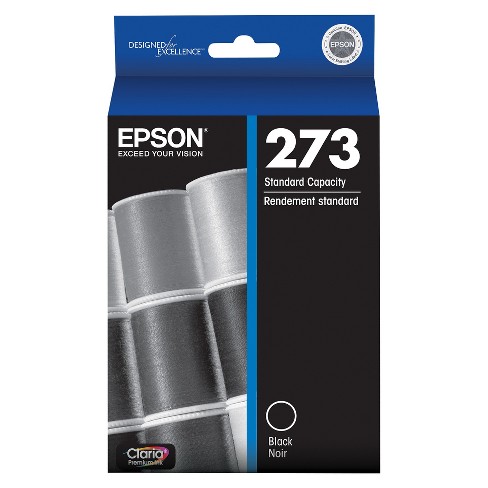
That said it looks very similar to the Epson print. The prints kept in test albums from both printers show no visible fading, though the Canon print seems to have lost some of its vibrancy. The Canon prints on both papers show marked fading from the greens and blues though the colour shift appears to be slowing as they get older.

I have a test images printed with s9000 Canon inks on Canon and Ilford papers, as well as Epson 2200 inks on Epson and Ilford papers,hung unprotected in my work area. My "test" samples show the same sort of fading. (I expect the Pro 9000 to premier at $500, and that I'll be able to get an i9900 for $300-350.)īut the reports of clogged heads on Epson pigment printers gives me pause (I certainly don't print daily), and if the Pro 9500 debuts at $2,000 as reported, well, I could reprint my collection of displayed images many times (*if* they faded), and still be ahead of the Pro 9500 game financially.ĭue to my concerns about the longivity of images that I sell I have a basic test set of images that I printed 2 years ago. Before I buy, I'll read the reviews on the Pro 9000, to see if it's worth the additional $$ over the i9900 for me. I'm in the market for a printer upgrade this year, and right now I'm planning to move up from my S9000 to an i9900 when those get discounted for clearance when the new Pixma Pro 9000 (dye-based) and 9500 (pigment-based) are released. And these aren't even Canon's newer, "longer life" (ChromaLife 100?) inks. The blues and greens (the most susceptible hues to fading) are still deep and true.

I have several three-year-old prints mounted under glass in my office, and they all look just as brilliant as when produced. The paper printed on is just as important as the inks.įor my prints, I use only Canon-brand papers and inks, which are engineered to work together. I agree that this isn't necessarily a valid comparison, and there's more to the equation than just the inks and environment.


 0 kommentar(er)
0 kommentar(er)
